Despite the rapid increases in digital adoption and use that we’ve seen since the start of the COVID-19 pandemic more than a year ago, the latest update in the Global Digital Reports series reveals that digital growth rates remain elevated as we move into the second half of 2021.
Our Digital 2021 July Global Statshot Report—published in partnership with Hootsuite and We Are Social—shows that social media continues to drive connected activity around the world, with global social media user numbers fast approaching another impressive milestone.
Read the full report on Hootsuite or watch a handy summary of this quarter’s top stories in the video embed below. Read on for my in-depth analysis of the latest essential trends in the report.
Essential headlines
Let’s start with the key figures for digital adoption around the world in July 2021:
- Global mobile users have reached 5.27 billion, equating to just under 67% of the world’s total population
- The number of mobile users has grown by 2.3% over the past year, increasing by 117 million in 12 months—that’s almost 10 million new users per month
- Internet users have increased by more than a quarter of a billion since this time last year, registering year-on-year growth of close to 6%
- There are 4.8 billion internet users around the world today, equating to almost 61% of the world’s total population
- Social media user numbers have jumped by more than 13% since this time last year, with the latest data showing an increase of more than half a billion users in just 12 months
- There are now 4.48 billion social media users around the world, which is equal to almost 57% of the world’s total population
Download the complete Digital 2021 report—which includes online behavior data from 220 countries—to learn where to focus your social marketing efforts and how to better target your audience.
Social media growth continues
Despite COVID-19 restrictions easing in some parts of the world over recent months, the pace of growth in social media users shows few signs of slowing.
The global unique user total grew by 520 million over the past year, representing annual growth of more than 13%.
For context, that means that more than one in nine of today’s social media users started using social platforms for the first time within the past 12 months.
Furthermore, today’s user total is 147 million higher than it was just three months ago, equating to quarter-on-quarter growth of nearly 3.5%.
Reporting of internet user growth continues to lag
Despite the latest data showing that internet user numbers have increased by more than a quarter of a billion over the past year, it’s clear that internet user data continues to be impacted by research limitations caused by the ongoing coronavirus pandemic.
In particular, many countries in the developing world haven’t published updates to internet user numbers since the outbreak of COVID-19 more than a year ago, and these are the countries where we’d expect to see the most significant increases.
As a result, we continue to anticipate a meaningful upward correction in internet user numbers once research and reporting can return to normal.
Internet time decreases
Average daily internet use dropped by almost a minute per day, with people spending roughly 30 seconds less online on computers, and 30 seconds less online on mobile devices, according to data from GWI.
People are still spending close to seven hours per day using the internet though—more than twice the amount of time that they spend watching television.
Despite the drop in overall internet time, people say that they’ve been spending more time using social media.
GWI’s most recent survey found that people spent roughly two minutes longer on social platforms each day over the past three months, compared to values for the previous quarter.
Social media dominates the world’s online activities
More than 95% of the world’s working-age internet users now use social networks and messaging services each month, reveals new data from GWI.
Interestingly, this data suggests that the use of social networking platforms like Facebook outranks the use of messaging services like WhatsApp, albeit only by a tiny margin.
More than five in six internet users between the ages of 16 and 64 also visit search engines and web portals each month, but this figure is more than 10 percentage points lower than the figure for social networks.
Meanwhile, roughly six in 10 internet users say they’ve visited some kind of online shopping platform in the past month, and more than 50% of internet users say that they shop or browse for products online every week.
Instagram reach soars, but points to potential trouble ahead
Recent months have seen some interesting changes in the numbers that Facebook’s tools report for Instagram’s advertising reach.
Overall, these tools show that Instagram’s advertising reach has jumped by 100 million users over the past 90 days, representing quarter-on-quarter growth of more than 7.5%.
However, this growth rate is all the more impressive when we look at changes in reach figures for countries in the European Union.
Compared to the figures that the company’s self-service tools reported just three months ago, Instagram’s advertising reach has dropped by a whopping 5 million users (14.7%) in the UK, and by 3 million users in Italy, Germany, and Spain.
Overall, Facebook’s data suggests that advertisers can now target 25 million fewer users across Europe than they could as recently as April 2021.
However, these drops only seem to have affected countries in the EU and the UK.
It’s also critical to stress that these figures likely only affect the degree to which advertisers can target ads to users in Europe, and they most likely do not represent a drop in actual users.
In a separate advisory within Facebook’s advertising tools, the company warns that potential reach figures all over the world “may vary significantly as people opt out of tracking on iOS 14.5, or use other data controls.”
The tone of these messages suggests that Facebook expects Apple’s recent iOS changes to have a meaningful impact on the performance of its advertising products over the coming months.
These changes will affect many other platforms too—not just Facebook.
Mobile connection speeds accelerate
The latest data from Ookla shows that the average mobile connection speed around the world has increased by 60% over the past 12 months.
The typical mobile user now enjoys data download speeds in excess of 55 Mbps, compared to the 35 Mbps that the company reported this time last year.
Based on Netflix’s guidance, these figures indicate that the typical mobile user can now simultaneously stream two 4K movies via a single mobile connection.
Download the complete Digital 2021 report—which includes online behavior data from 220 countries—to learn where to focus your social marketing efforts and how to better target your audience.
Chinese websites move up the rankings
The latest data from Alexa (the analytics firm, not the voice assistant) suggests that the share of global internet traffic attributable to Chinese websites continues to grow.
The company’s latest rankings show that websites managed by companies based in China now account for seven of the 10 most-visited sites in the world, and half of the global top 20.
Chinese ecommerce platforms are particularly popular, with three of the country’s online merchants—Tmall, Taobao, and JD—all ranking above Amazon’s ‘.com’ store at a worldwide level (note that Alexa treats each top-level domain separately, so traffic to Amazon’s local country stores are not included in the values for its .com store).
However, almost all of the traffic to Chinese websites appears to come from within China itself.
People increasingly rely on internet translation tools
Google Trends data shows that three of the worldwide top 20 Google search queries between April and June 2021 related to converting content between languages, with “translate,” “traductor,” and “Google Translate” all now top queries at a global level.
GWI data reinforces this finding, with the company’s latest survey revealing that roughly one in three internet users between the ages of 16 and 64 use online translation tools every week.
GWI’s data shows that Gen Z internet users are almost twice as likely to have used an online translation tool in the past week than Baby Boomers are, with nearly four in 10 female internet users aged between 16 and 24 translating content online in the past seven days.
However, internet users in countries where English is the dominant language appear to be far less likely to want to translate content from (or into) other languages.
Download the complete Digital 2021 report—which includes online behavior data from 220 countries—to learn where to focus your social marketing efforts and how to better target your audience.
Digging deeper into video game behaviors
An impressive 85% of the world’s internet users say that they play video games, so gaming environments represent a huge opportunity for marketers.
Moreover, one in three gamers around the world say that they play video games on a daily basis, with that figure rising to more than 40% in the US, Japan, and the Philippines.
As you might expect, younger people are more likely to play video games, but GWI reports that more than two in three internet users aged 55 to 64 also identify as gamers.
Men are also slightly more likely to play video games than women, but amongst older age groups, women are just as likely to be gamers as men are.
The gaming ‘gender gap’ is also much smaller than many marketers might think, and when it comes to certain ‘casual’ game genres—particularly those on mobile devices—female players often outnumber their male peers.
Opportunities aren’t limited to in-game activities either; gaming livestreams and related social media conversations are often just as compelling as the games themselves.
YouTube attracts the largest share of social media activities related to gaming, but—perhaps surprisingly—Facebook ranks ahead of Twitch and Discord, despite those platforms’ strong association with gaming communities.
Gaming environments are quite different to other kinds of media though, so it’s important for marketers to invest time in understanding which kinds of gaming genre and marketing activity will be most relevant to their specific audiences, as well as to their brand.
Online news behaviors
Reuters’ annual Digital News Report provides a wealth of insights into how the world consumes news, which has particular importance when we consider GWI’s finding that “reading news stories” is one of the top three motivations driving global social media use.
People are now more than twice as likely to get their news from social media as they are to look for it in newspapers and magazines.
Overall, 56% of respondents in the Digital News survey say that they use social media to access news content, but younger people are particularly likely to turn to social media for news, with two-thirds of respondents aged 18 to 24 saying that they use social platforms to access news content.
However, roughly half of all adults aged 55 and above say that they use social media for news too, so this behavior is by no means limited to Gen Z audiences.
The Reuters Institute’s new report shows that Facebook continues to be the top social destination for news, with 44% of worldwide respondents saying that they use the platform to discover and consume news content.
YouTube ranks second at 29%, while WhatsApp is now the third most important social channel for news, with almost a quarter of survey respondents citing the platform as a regular feature in their news repertoire.
This year’s data also highlights Twitter’s outsized role when it comes to news content.
Despite claiming three times fewer monthly active users, Twitter is almost as popular as Instagram when it comes to news content.
However, people have significantly lower levels of trust in the news content that they find via social channels, compared to news in other kinds of media.
Overall, 44% of survey respondents say that they feel they can “trust most news content most of the time,” but positive sentiment falls to roughly half that figure (24%) when it comes to news content in social media.
Download the complete Digital 2021 report—which includes online behavior data from 220 countries—to learn where to focus your social marketing efforts and how to better target your audience.
Outlook for the second half of 2021
This data demonstrates elevated growth in digital use and adoption around the world, creating a variety of opportunities for marketers everywhere.
However, I’m surprised by these sustained high levels of growth, especially when it comes to social media user numbers.
The initial spikes in user growth that we saw at the start of the coronavirus pandemic were perhaps to be expected, but I’m unsure about why those growth rates haven’t already returned to the levels we saw prior to the outbreak.
So, while my expectation is that we’ll start to see quarter-on-quarter growth rates fall from their recent highs later this year, I wouldn’t be surprised if that deceleration is still a few months away.
Furthermore, with ongoing delays in reporting updates to internet user numbers, we may see a significant jump in those metrics as new data starts to become available.
But what does this mean for marketers?
Here are my top tips for the second half of 2021:
1. Focus on macro trends
It’s easy to get distracted by short-term changes in the numbers, however, the underlying story seems clear: our audiences have significantly increased their use of connected devices and services over recent months, and it’s unlikely that they’ll completely return to their pre-COVID habits. As a result, growth trends in digital activity don’t face the same risk of a downward ‘correction’ that we might expect to see in areas such as stock market prices.
2. Prepare for change
New privacy policies, the demise of third-party cookies, and changes to online legislation are combining to create ideal conditions for advertising’s ‘perfect storm’. Of course, this may all turn out to be another Millennium Bug, but with evidence of change already visible in some of this quarter’s numbers, I’d recommend opting for safe instead of sorry. If you haven’t already done so, now is the time to review which of your marketing activities depend on data and targeting practices that may be affected by these changes, and to develop contingency plans that will ensure your marketing efforts can continue.
3. Embrace digital utility
Many of today’s most successful digital companies focus on two key industries: communication and entertainment. However, the next wave of digital innovation will likely focus on everyday utility, with the rapid digitization of education, banking, and healthcare leading the way. These industries offer fewer advertising opportunities than a new form of entertainment might do, but the changes they’ll bring to people’s everyday activities will likely have a knock-on effect on people’s digital expectations. As a result, I’d recommend exploring how you might use digital channels to create new kinds of value for your audiences, rather than using them solely to promote existing products and services. Entertainment will always be a compelling option, but with a bit of careful thinking, inspirational content and how-to videos can be just as engaging as the latest dance craze on TikTok.
That’s all for this quarter, but we’ll be back with another Statshot report in October. Until then, check out our full Digital 2021 July Update.
A big thank you to the partners who make our Global Digital Reports possible: GWI, Statista, Semrush, Skai (formerly Kenshoo), SimilarWeb, Locowise, and App Annie.
Discover the latest data and insights on social media, the internet, mobile, and other digital behaviors in the Digital 2021 Report.
Easily manage all your social media in one place and save time with Hootsuite.
The post Half a Billion Users Joined Social in the Last Year (And Other Facts) appeared first on Social Media Marketing & Management Dashboard.
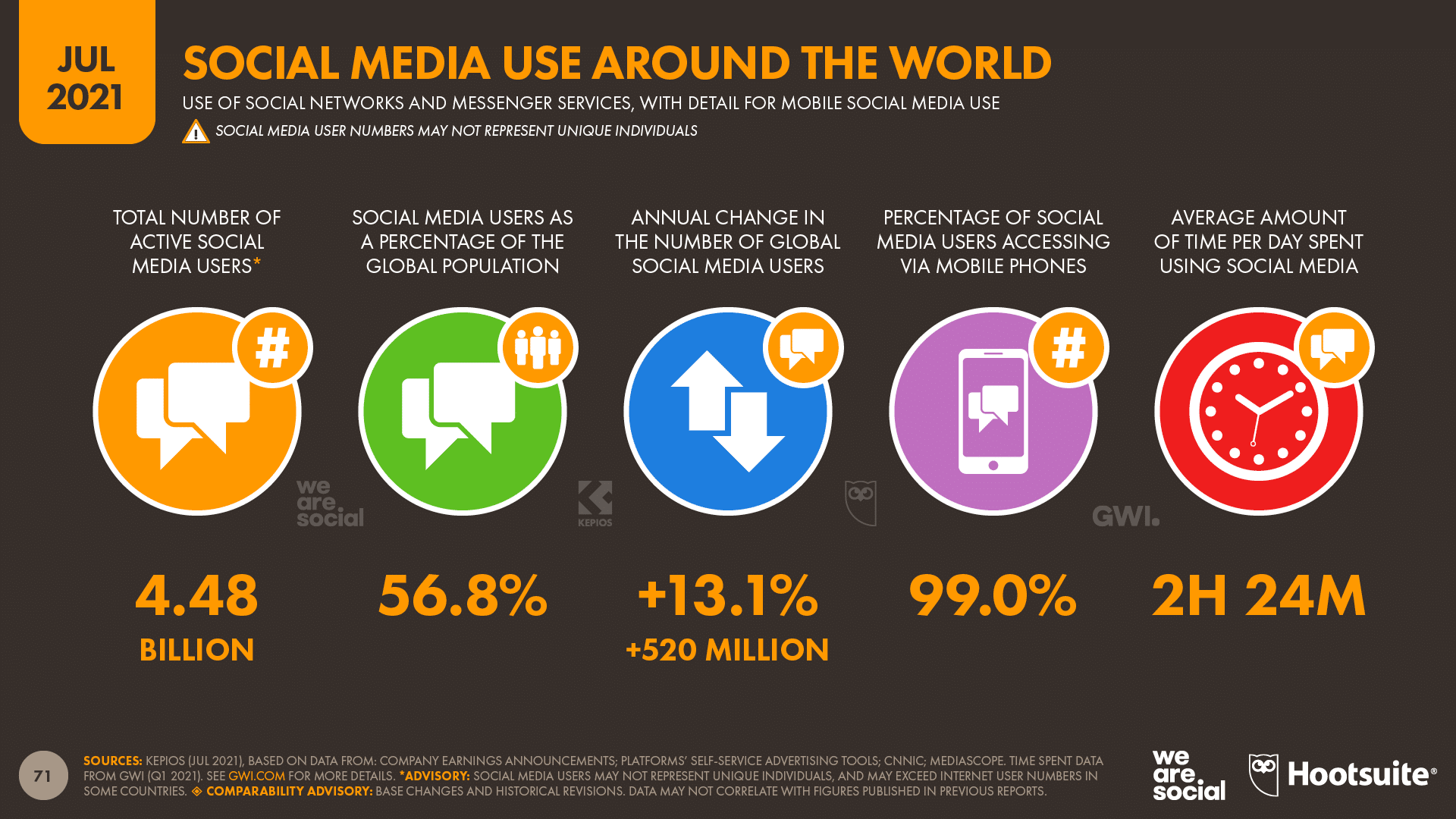
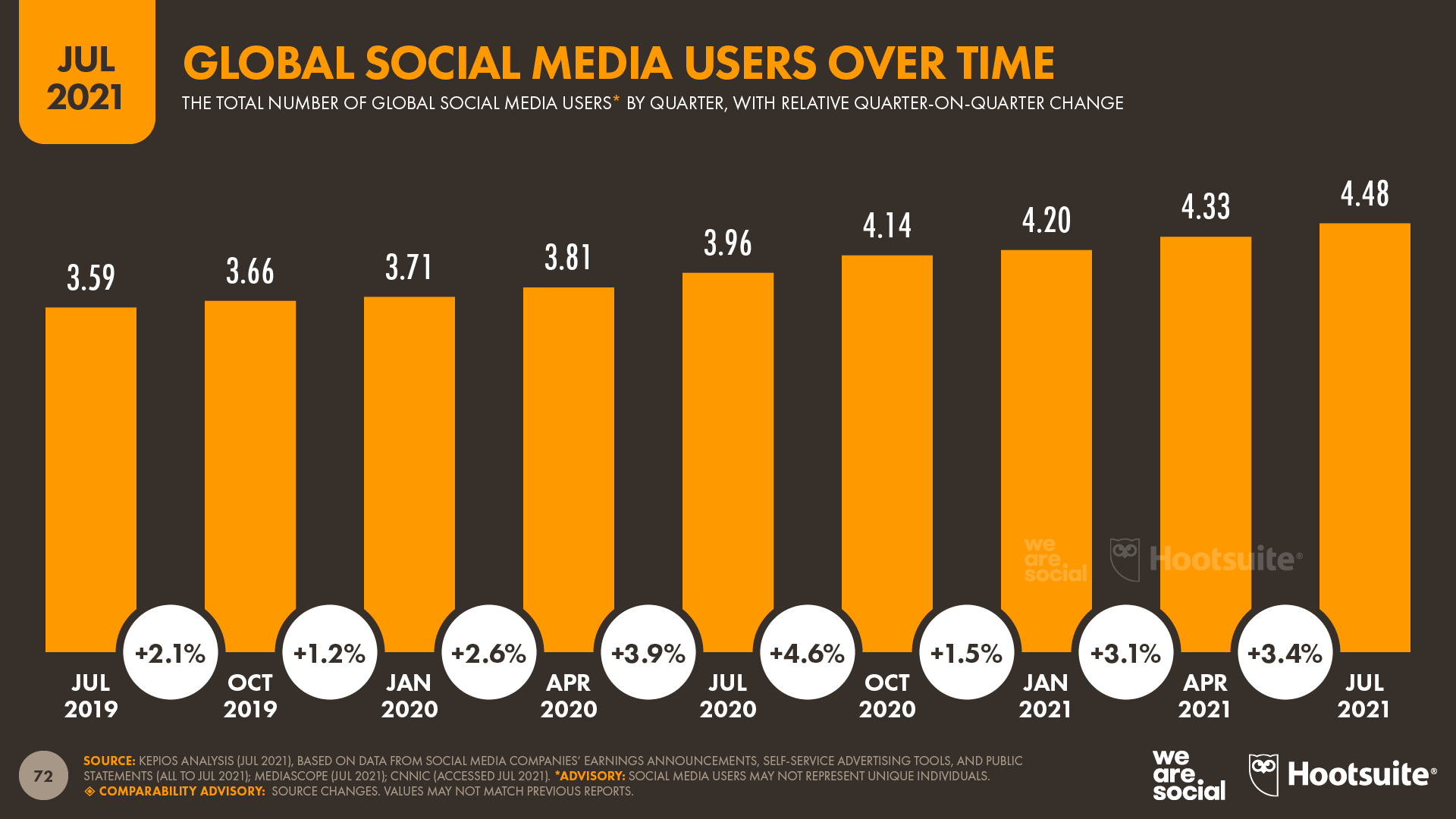
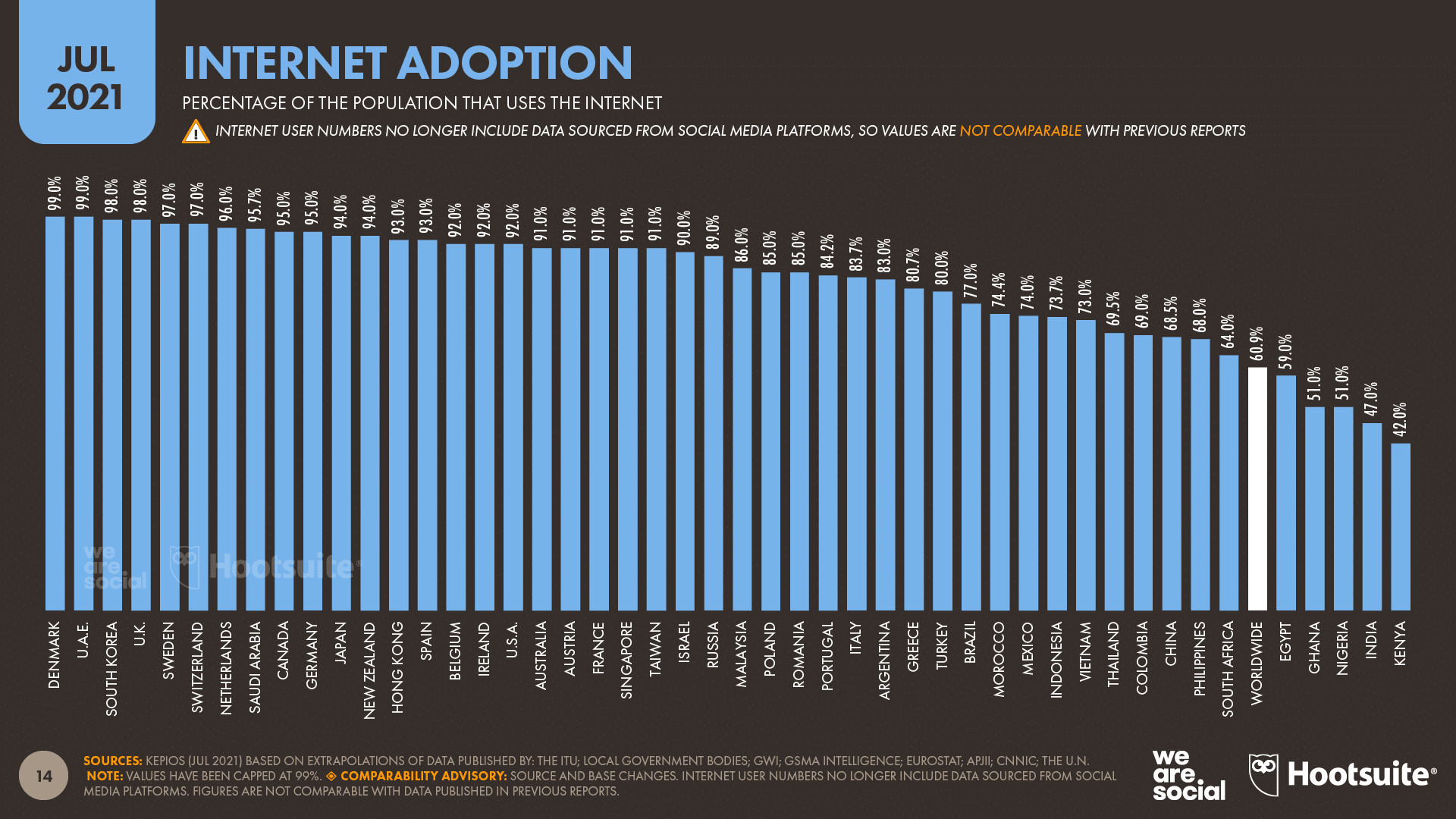
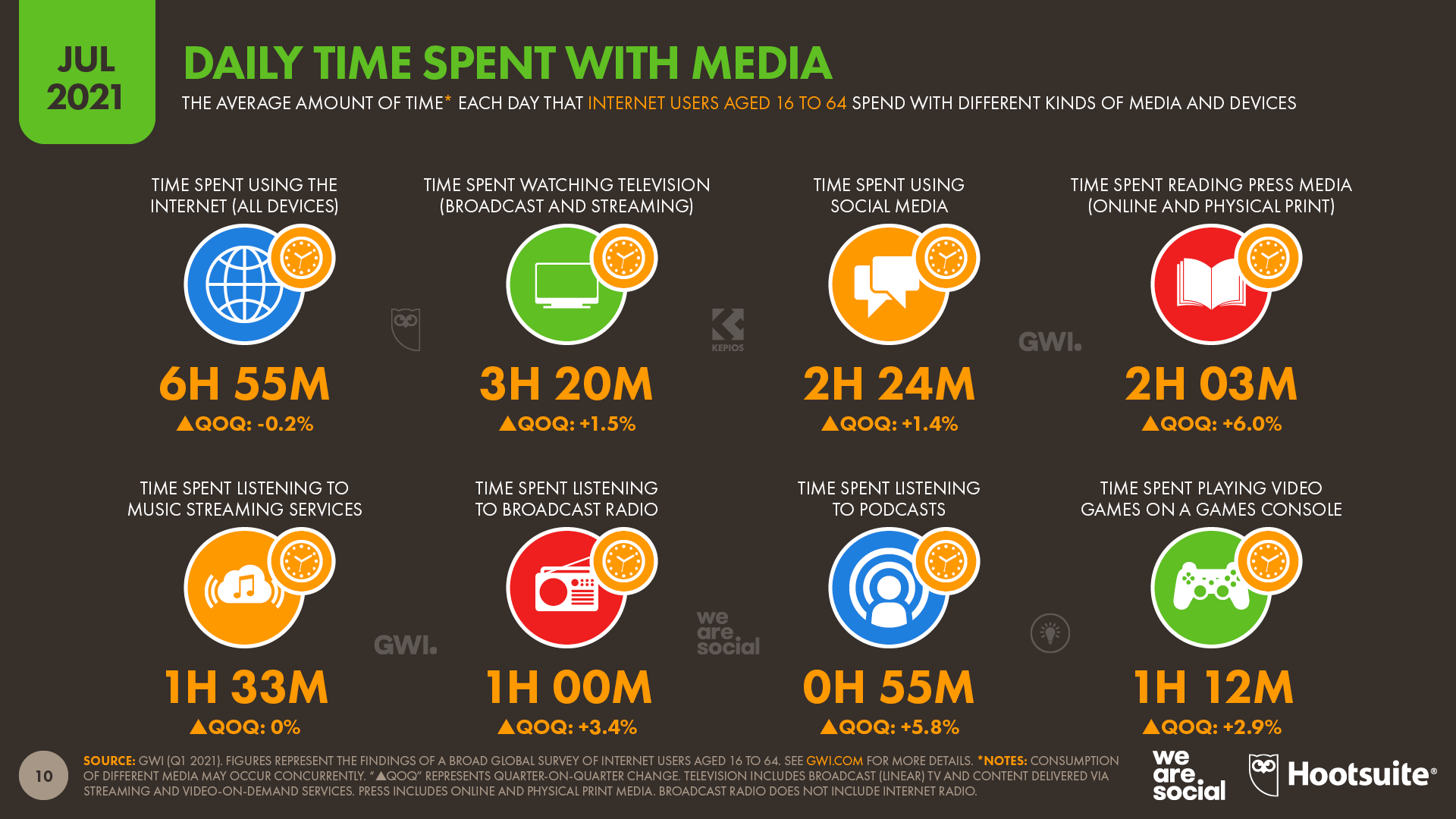
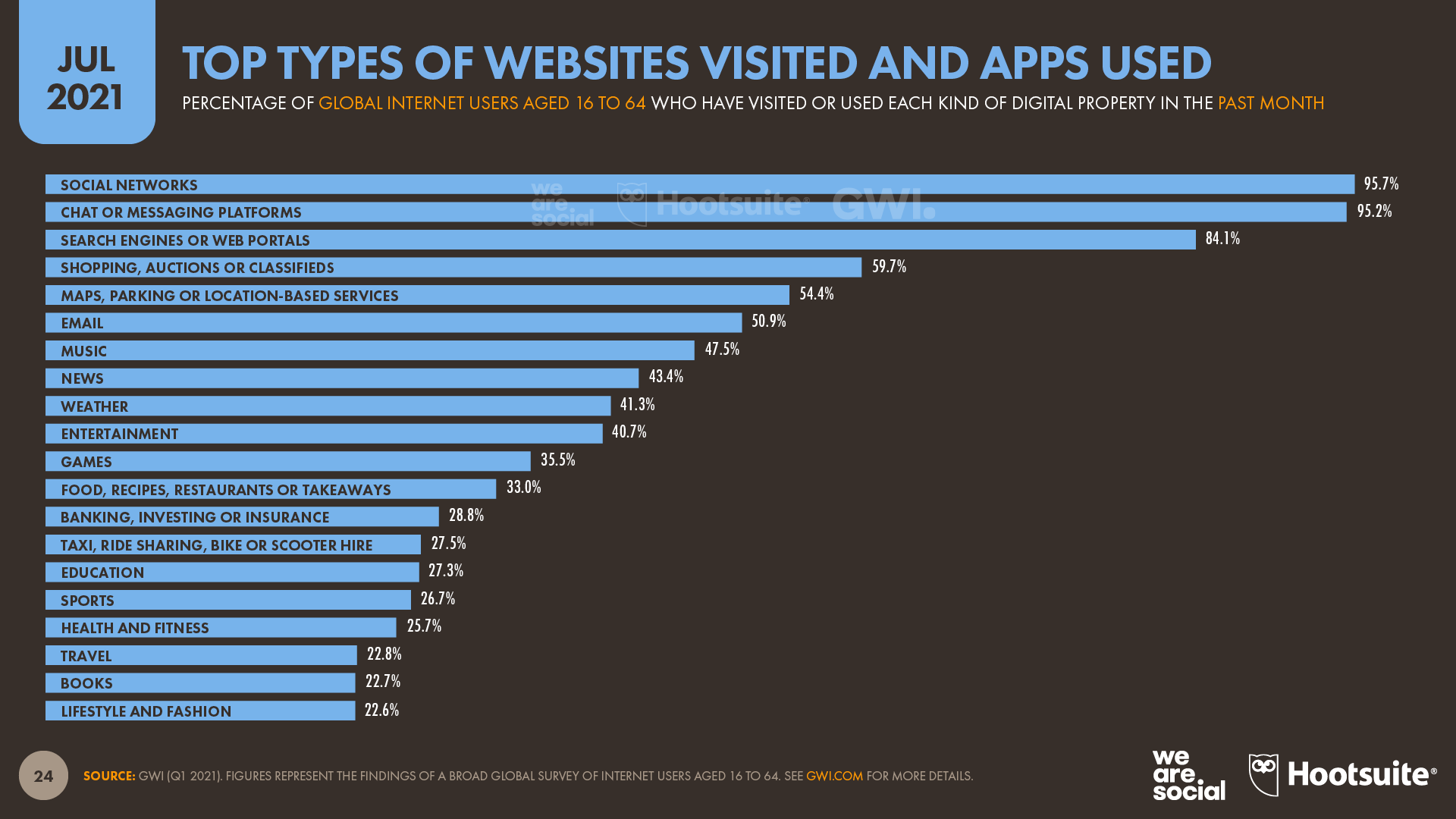

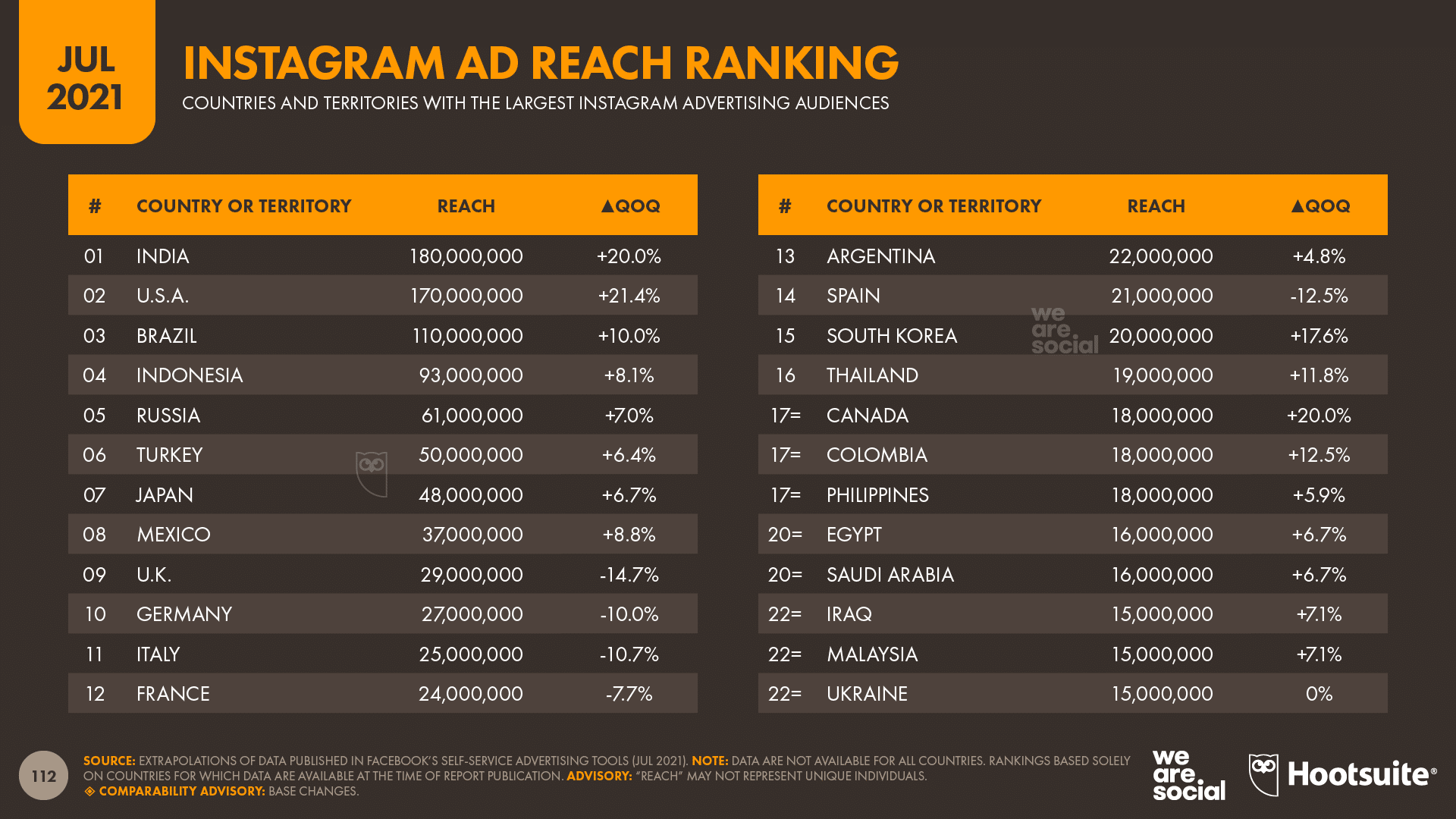
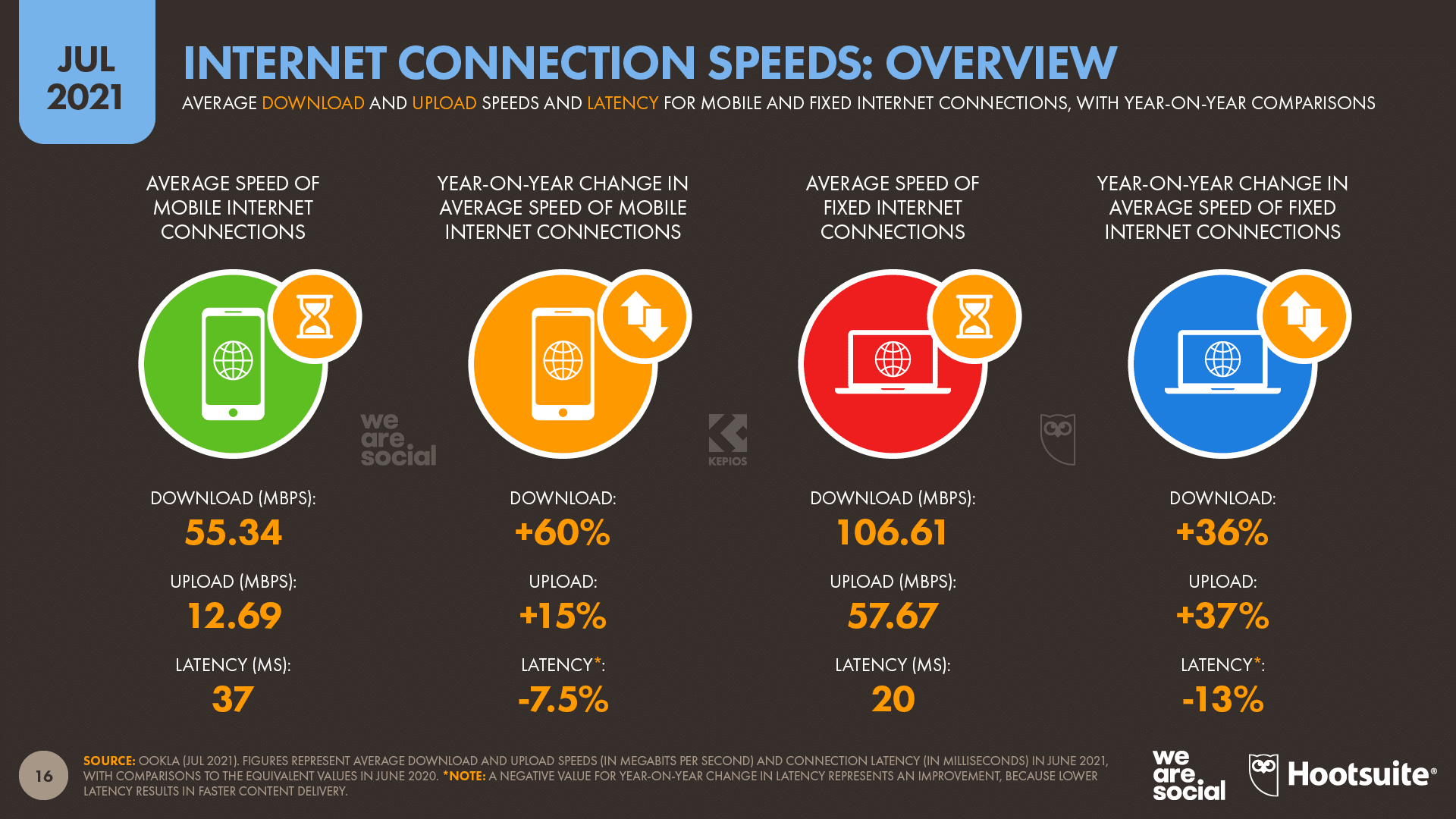
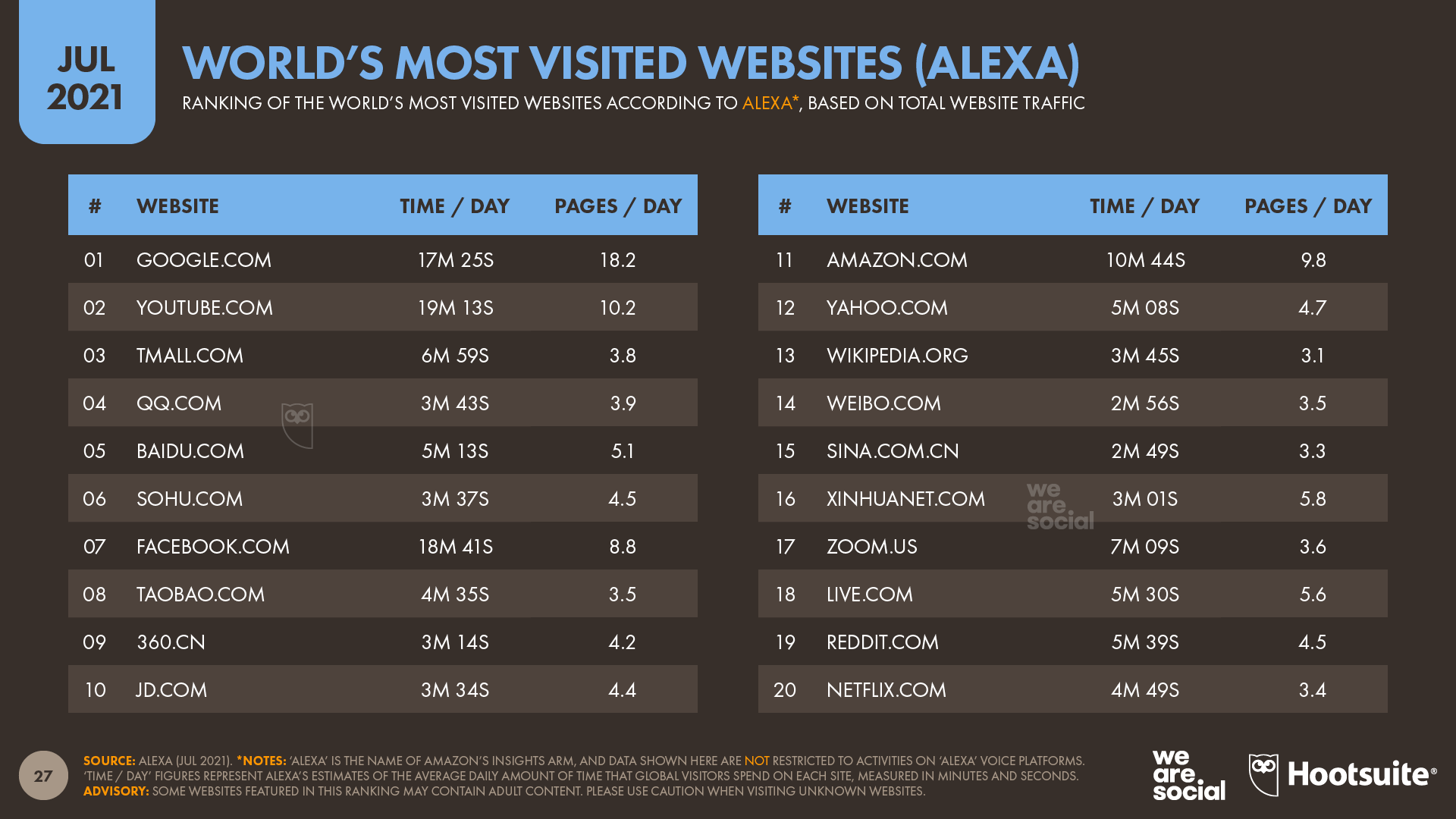

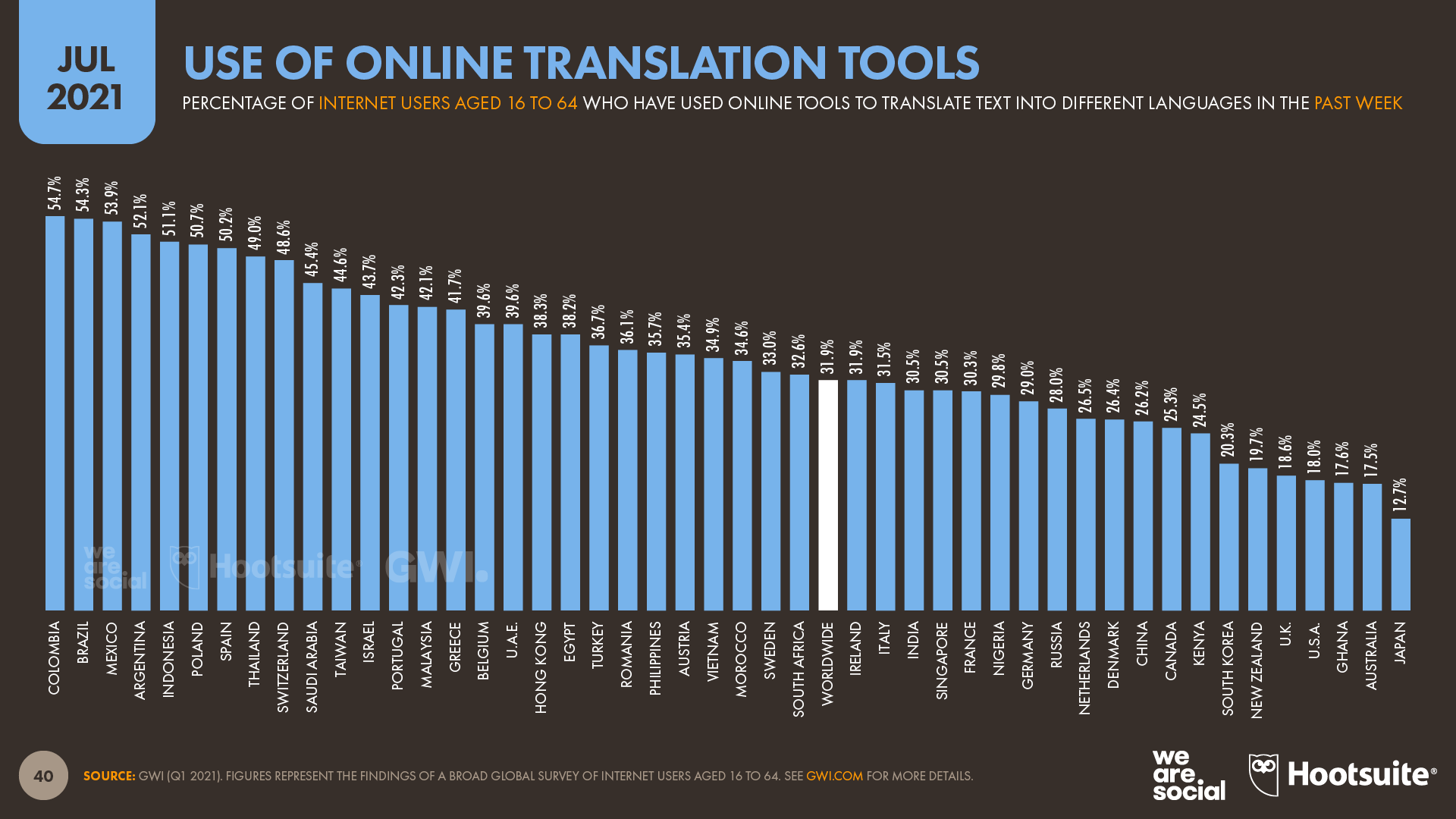
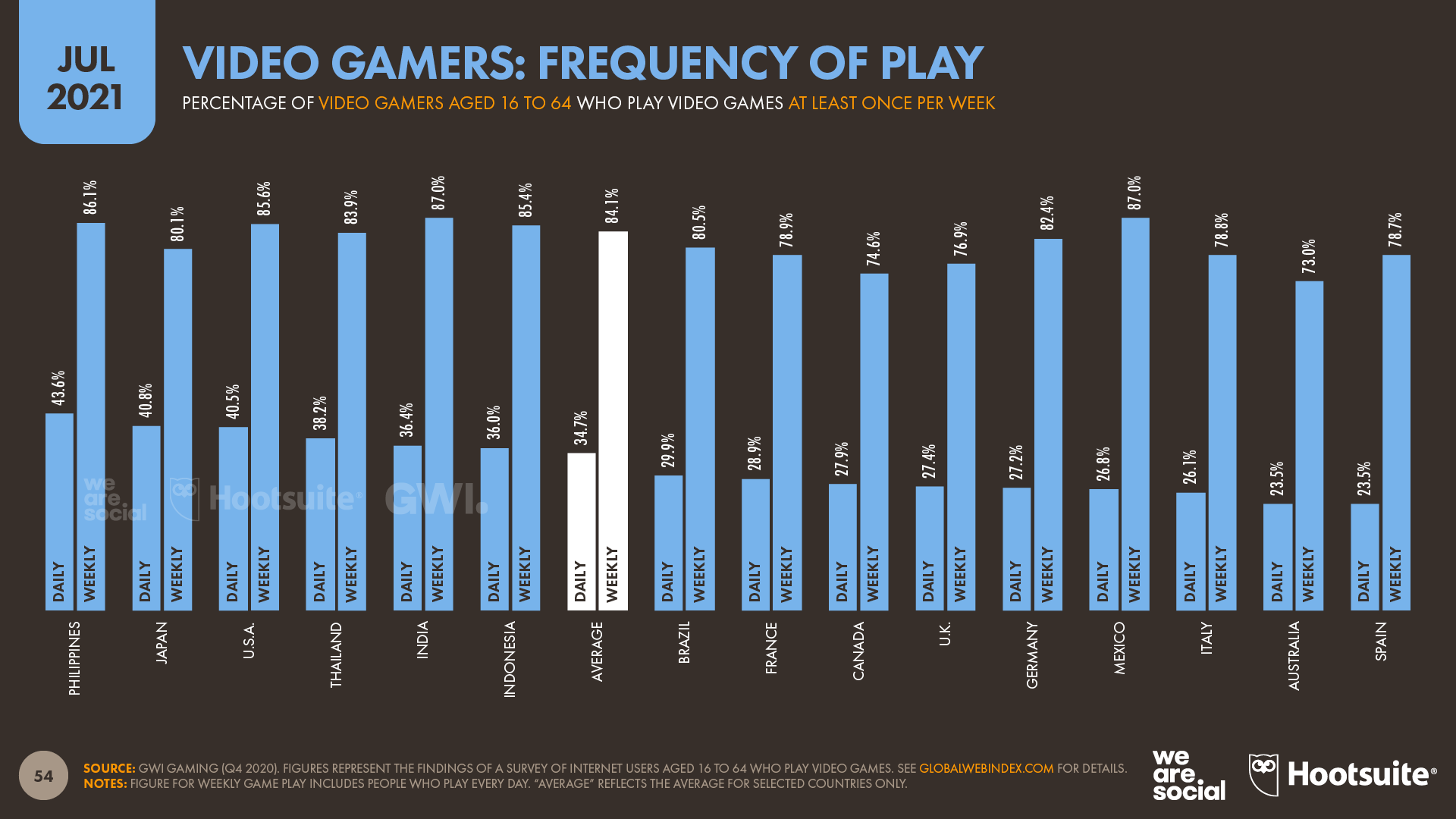
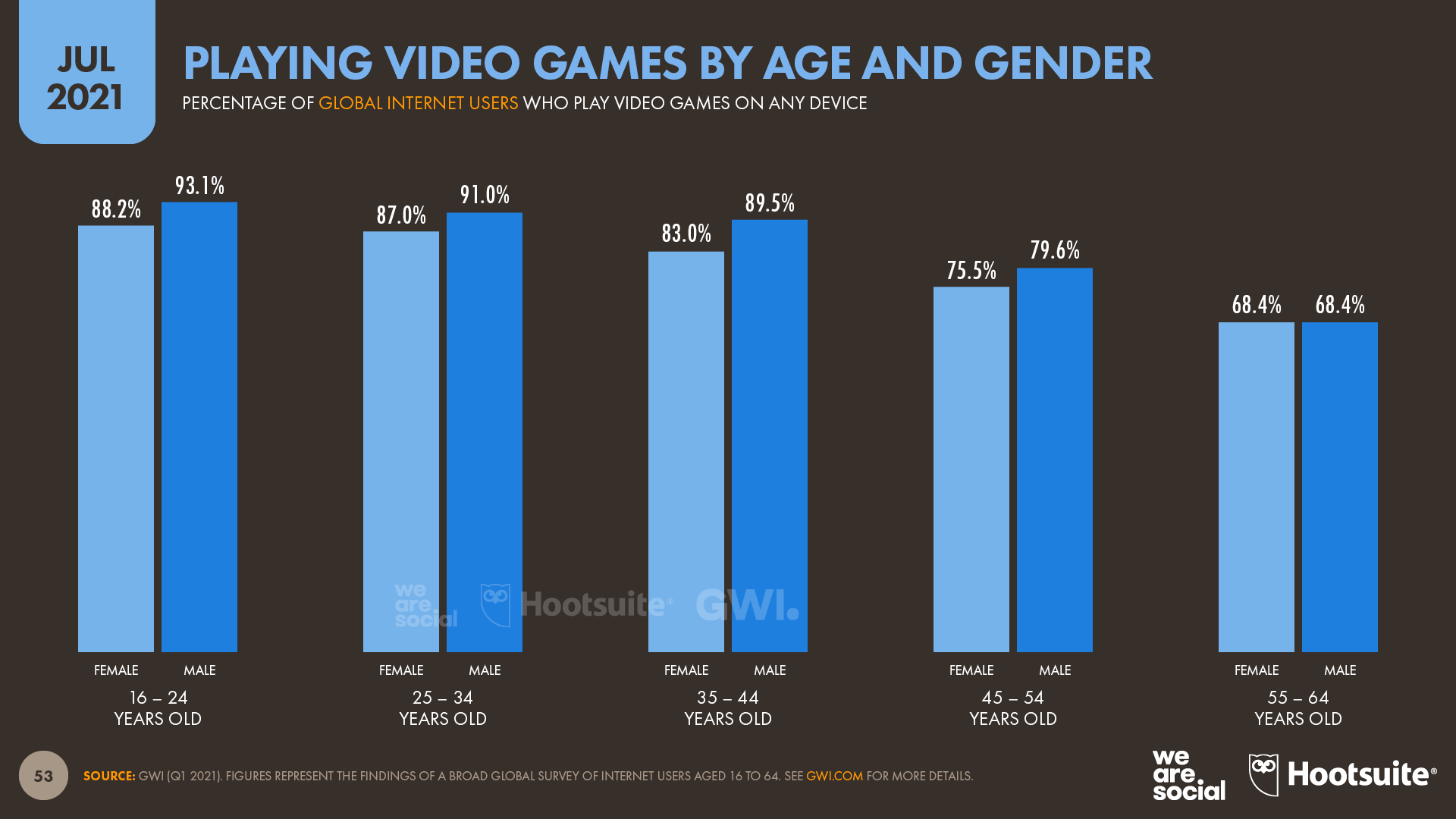
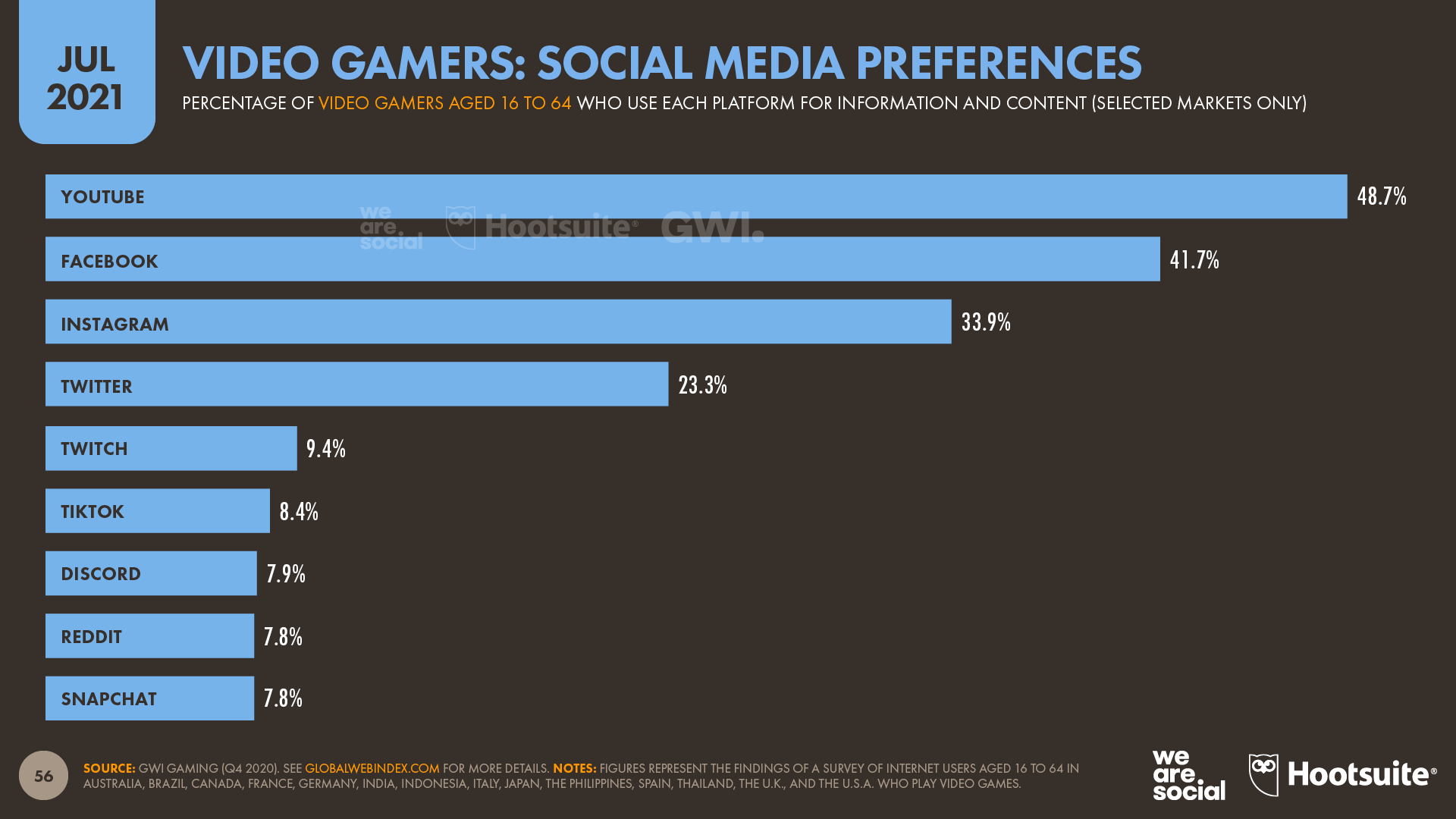


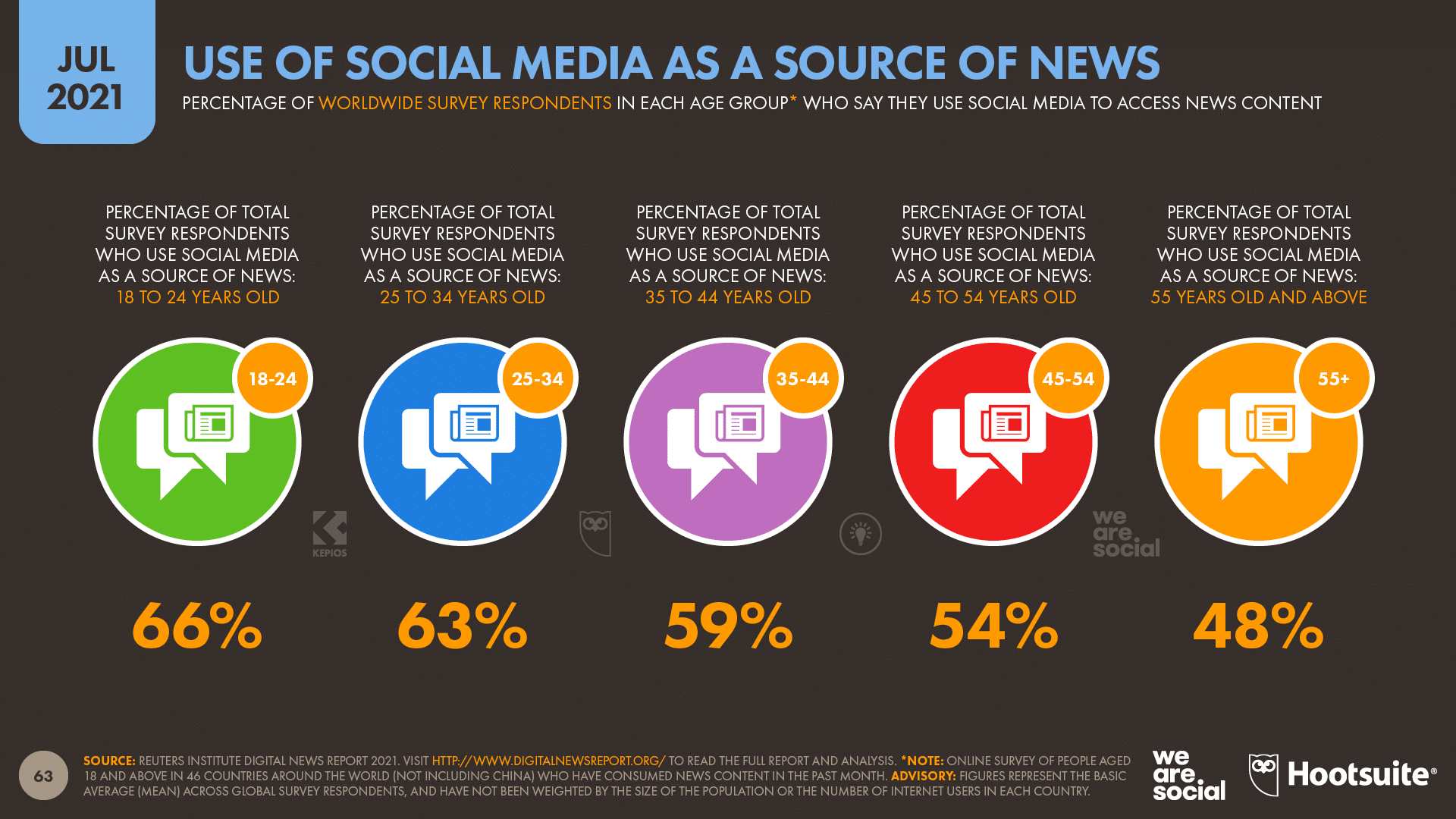
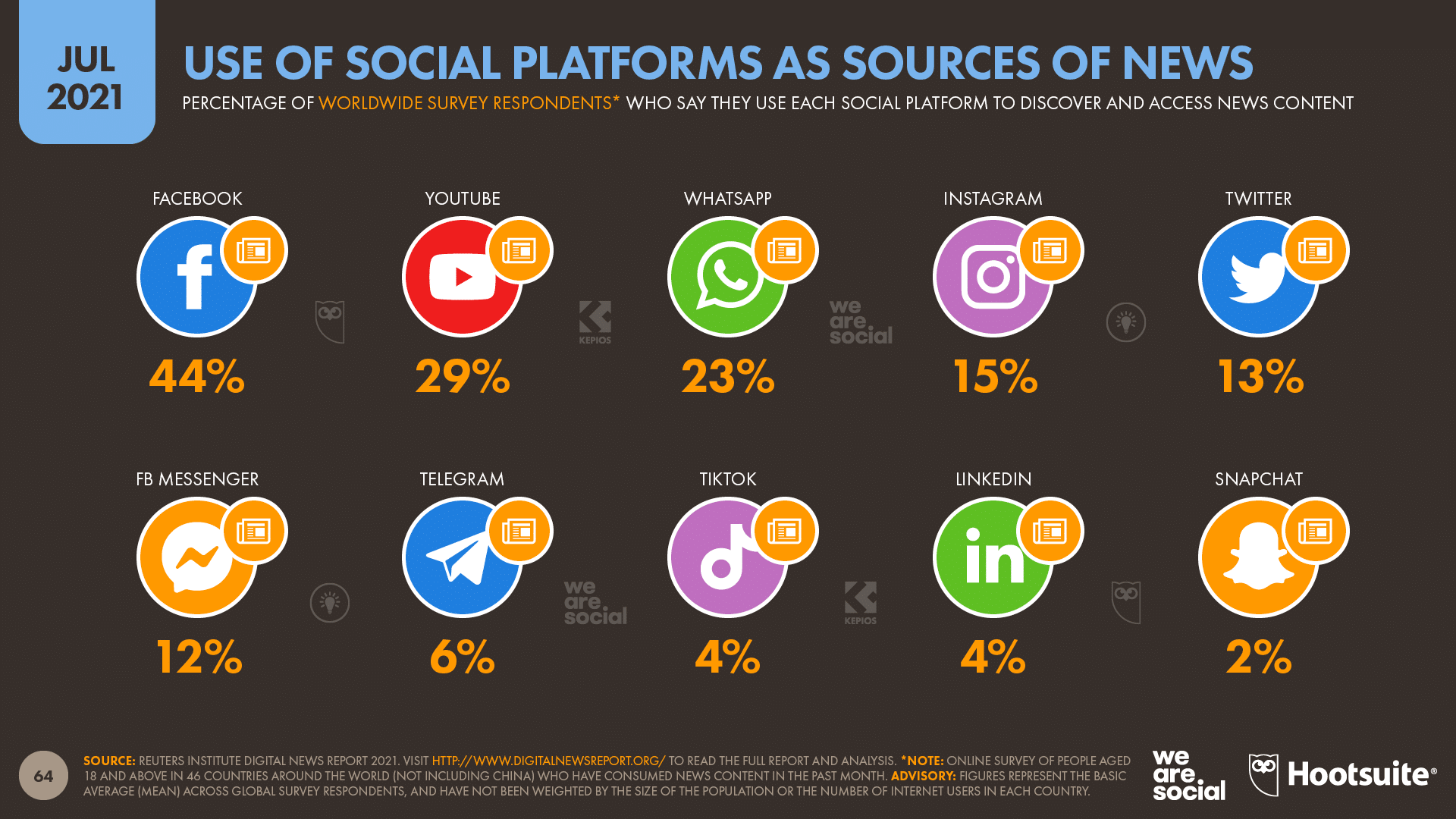
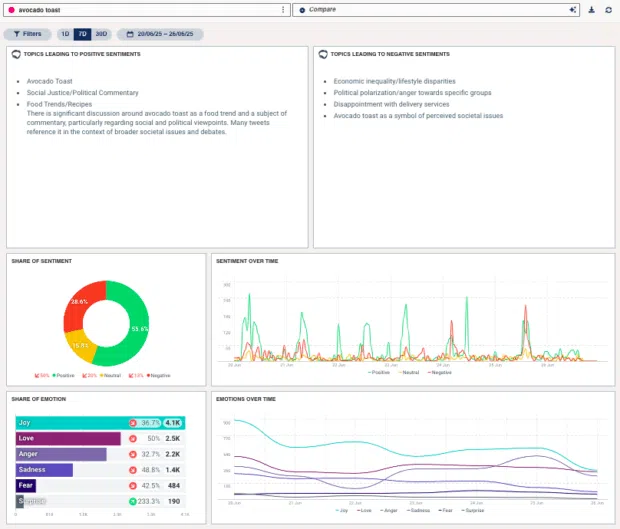

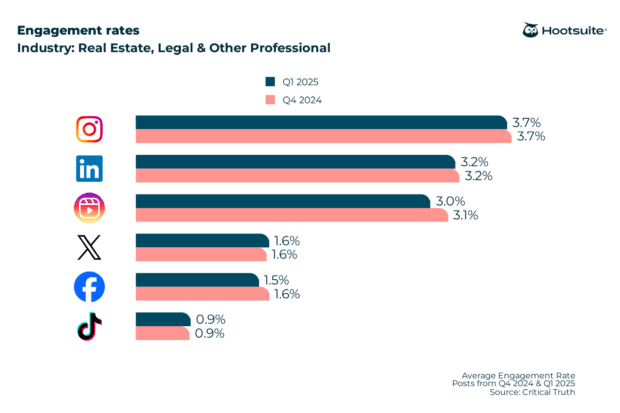

Recent Comments